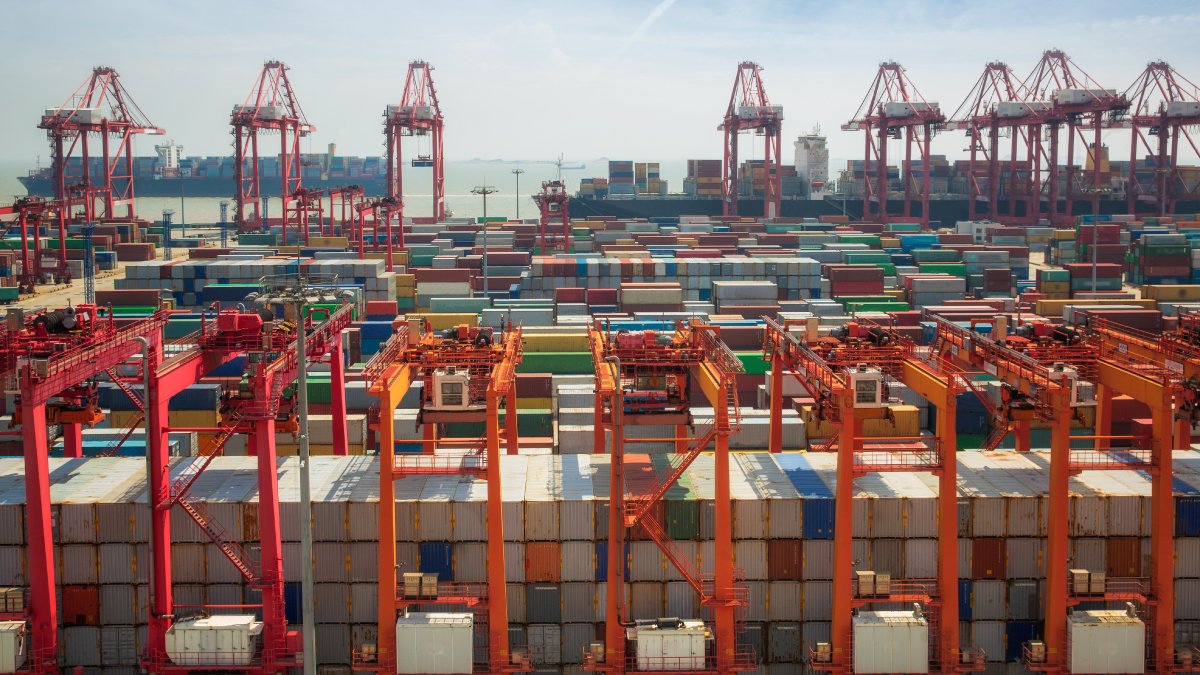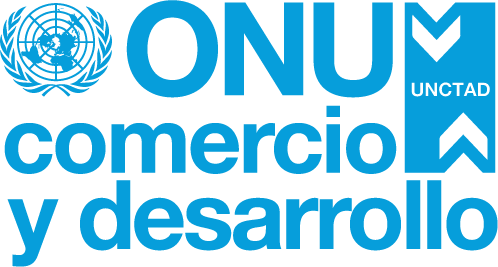UNCTAD estimates show a 5% drop in world trade in the third quarter of 2020 compared to 2019, an improvement from the 19% decline in the second quarter but insufficient to pull trade out of the red.

The port of Shanghai / ©anekoho
Global trade recorded a 5% drop in the third quarter of 2020 compared with the same period last year, according UNCTAD’s new Global Trade Update published on 21 October.
This marks an improvement on the 19% year-on-year plunge recorded in the second quarter, and UNCTAD expects the frail recovery to continue in the fourth quarter, with a preliminary forecast of -3% compared with the last quarter of 2019.
Depending on how the COVID-19 pandemic evolves in the winter months, the UN trade and development body expects the value of global trade to contract by 7% to 9% with respect to 2019.
“The uncertain course of the pandemic will continue aggravating trade prospects in the coming months,” UNCTAD Secretary-General Mukhisa Kituyi said.
“Despite some 'green shoots' we can't rule out a slowdown in production in certain regions or sudden increases in restrictive policies.”
Although a 7% to 9% decrease would be a negative finish for the year, Dr. Kituyi highlighted that it’s a much more positive result than was expected in June, when UNCTAD had projected a 20% year-on-year drop for 2020.
Since then, trade trends have improved primarily thanks in to the earlier than expected resumption of economic activities in Europe and east Asia.
China’s notable recovery
China has in particular restarted its economy much earlier than initially expected, and the report highlights the country’s notable trade recovery.
Chinese exports, after falling in the early months of the pandemic, stabilized in the second quarter of 2020 and rebounded strongly in the third quarter, with year-over-year growth rates of almost 10%.
“Overall, the level of Chinese exports for the first nine months of 2020 was comparable to that of 2019 over the same period,” the report says.
Chinese demand for goods and services has recovered from the decline in the second quarter. Contrary to other major economies, its imports stabilized in July and August and then grew by a substantial 13% in September.
Export growth in September was also recorded in India (4%) and South Korea (8%).
As of July, the fall in trade was significant in most regions except east Asia. But the sharpest decline was felt by the west and south Asian regions, where imports dropped by 23% and exports by 29%. The figures for July were however an improvement on the 35% fall in imports and 41% decline in exports recorded in the second quarter.
Figure 1: Trade has fallen dramatically in most regions except in east Asia and the Pacific
Note: Changes are year-over-year. Data excludes intra-EU trade.
South-South trade shows more resilience
The sharp and widespread decline in international trade in Q2 2020 was similar for developing and developed countries. But exports from developing economies appear to be recovering faster.
Year-on-year growth of developing nations’ exports improved from -17% in the second quarter to -6% in July, while those from developed nations increased from -22% to -14%.
And South-South trade – commerce among developing countries – has shown some resilience, with the year-on-year decline sitting at 8% in July, up from 16% in the second quarter.
Trade in COVID-19 medical supplies benefit the wealthy
The report’s assessment of trade in different sectors (see figure 2) finds that the pandemic has hit the energy and automotive industries the hardest, while mitigation responses including teleworking and personal protection measures have led to strong growth in sectors such as communication equipment, office machinery, and textiles and apparel.
Figure 2: World trade by sector
Note: Percentage changes in world trade are year-over-year. Changes are estimated from HS6 digits data of
China, European Union, and United States. Data excludes intra-EU trade.
But UNCTAD’s analysis gives special attention to COVID-19 medical supplies, which include personal protective equipment, disinfectants, diagnostic kits, oxygen respirators and other related hospital equipment.
According to the report, exports of COVID-19 medical supplies from China, the European Union and the United States rose from about $25 billion to $45 billion per month between January and May 2020. And since April, trade in such products has increased by an average of more than 50%.
The increase in such trade, however, has primarily benefited wealthier nations, with middle- and low-income countries largely priced out from access to COVID-19 supplies, the report says.
Since the outset of the pandemic, each resident of high-income countries has benefited on average from an additional $10 per month of imports of COVID-19 related products, compared with just $1 for people living in middle-income countries and a mere $0.10 for those in low-income countries.
This means that per capita imports of medical goods essential to mitigate the pandemic have been about 100 times higher for wealthy countries than for poor nations.
Figure 3: Average year-over-year change in per-capita imports of medical supplies related to COVID-19
“While it should be expected that the increase of per capita imports of COVID-19 products would be larger for wealthier countries, the sheer difference is staggering,” the report says.
UNCTAD warns that if a COVID-19 vaccine becomes available, the access divide between residents in wealthy and poor countries could be even more drastic.
While some low-income countries have the capacity to locally manufacture some protective equipment, this may not be the case for vaccines, which require stronger manufacturing and logistics capacities.
The report therefore calls on governments, the private sector and philanthropic sources to continue mobilizing additional funds to fight the COVID-19 pandemic in developing countries and to support financial mechanisms, such as the global COVAX initiative, to provide safe and effective COVID-19 vaccines to poor countries.


